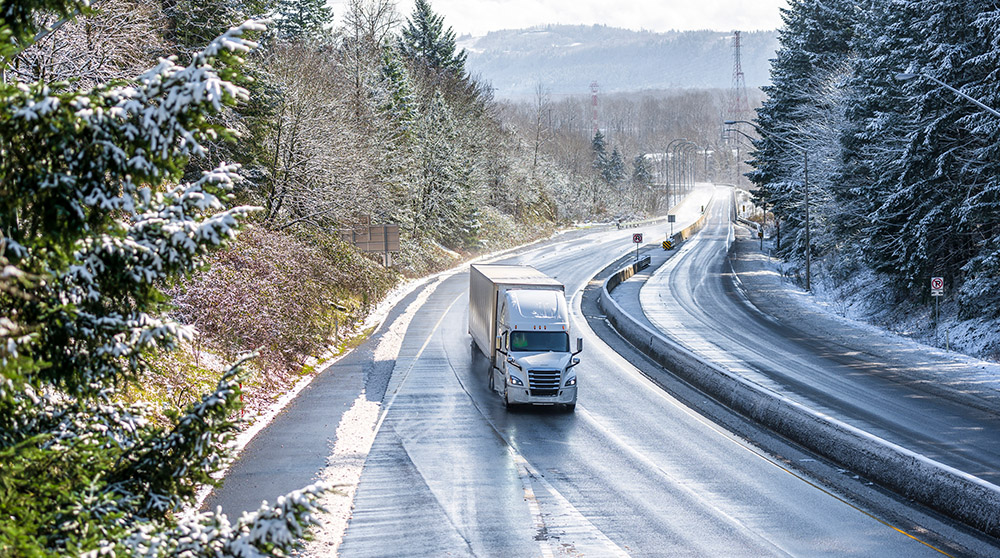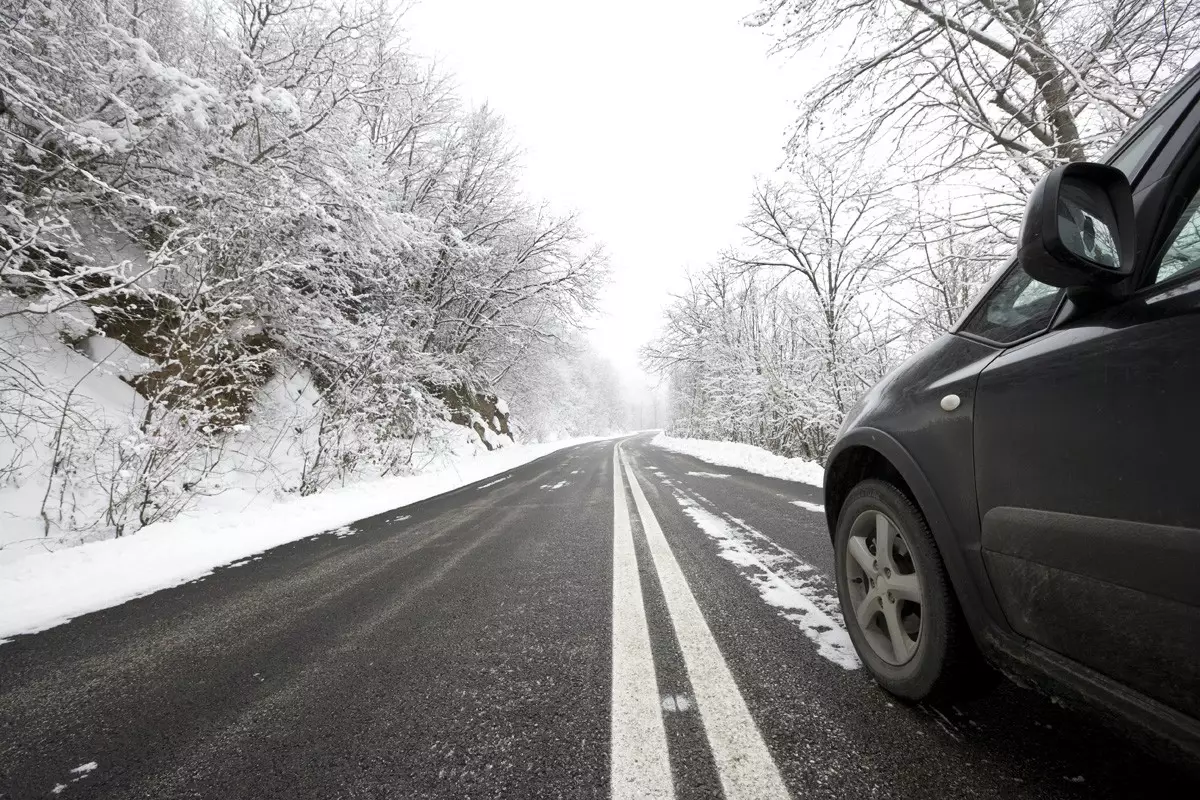Do you change your driving habits when snow and ice come to town? If you don’t, here’s why you should. Snow and ice exponentially increase the chances of unexpectedly sliding, spinning out, or crashing. In fact, the American Highway Users Alliance reports over 116,800 injuries annually from vehicle crashes on snowy, slushy, or icy pavement.
But luckily, there are ways to stay safer simply by adjusting the way you navigate your vehicle and the road conditions. Interested in how to drive safely on ice?
Follow our 11 safety tips:
- Reduce your speed and give yourself more time to get where you’re going. We tend to speed when we’re running behind, so it’s best in winter months to leave ahead of schedule and give yourself plenty of time to get to your destination. The more cautious you are with your speed, the less dangerous a potential slip or skid will be.
- Stay in your lane. When possible, avoid changing lanes and keep away from the shoulder of the road where ice buildup accumulates. Never pass vehicles when conditions are slushy or icy.
- Accelerate and decelerate slowly. Road conditions can change in an instant, so it’s important to always proceed with caution. Accelerating and decelerating slowly may stop your tires from spinning out under you or keep the back of your car from sliding to one side.
- Double check the temperature. Don’t rely solely on your car’s temperature gauge to determine the conditions of roads. Instead, look for ice on your windshield wipers, outside mirrors, road signs, or trees for indicators.
- Stay alert on bridges. As signs suggest, bridges can freeze faster than nearby roads. Be extra cautious and proceed slowly and steadily across any overpass.
- Drive when it’s light. Night driving increases risks in general, but this is especially true during the winter months. Try to drive during daytime hours when temperatures have risen, more vehicles have made pathways, and crews have cleared and salted the roads.
- Increase following distances. A good rule of thumb for winter driving? Keep ten times the following distance between you and the car in front of you compared to the distance on dry roads. Increasing your following distance can also give you time to maneuver around icy patches if you see cars sliding ahead of you.
- Don’t use your cruise control. Avoid cruise control in slick or icy conditions to keep control of your vehicle and prevent wheels from spinning at different speeds.
- Work with your antilock braking system (ABS). If your vehicle has ABS and starts to skid, you’ll feel a pulsating of the brake pedal under your foot. This is normal and it’s by design. Do not remove your foot from the brake pedal and stay calm as the system helps you come to a stop.
- Steer into a skid. If you notice your vehicle sliding, take your foot off the gas and turn your steering wheel in the same direction the back of your car is sliding.
- When possible, stay home. Not driving in slick or icy conditions is the most reliable way to stay safe. If you can delay your errand or drive another day, do so.


